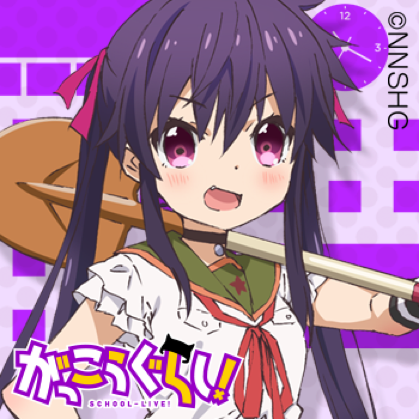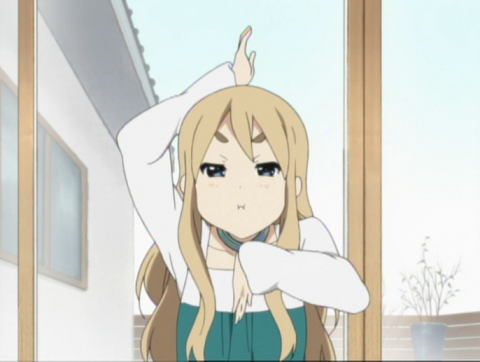The greatest sci-fi sense of wonder in AI no Idenshi, a medical sci-fi novel set in the near future where humans, humanoids, and robots live together as a matter of course, is the setting of "humanoids." In the world of this story, humanoids make up 10% of the total population. The term "humanoid" itself is not particularly new, so you might think you understand it, but in a world where there is a distinction between "humanoids that are granted human rights and treated as humans" and "robots that are treated as objects," even if they look similar, the definition of a humanoid is quite complicated. In this article, I would like to delve into what "humanoid" means in AI no Idenshi.
Definition of Humanoid: Part 1

"AI no Idenshi" features numerous humanoids that look exactly like humans and live their lives in the same way. Since "humans" are identical to us living today, there's no need to define them here. On the other hand, a very rough definition of "humanoid" would be "artificial human." Needless to say, humanoids are not naturally occurring beings; they are entirely artificial. Humanoids' bodies are artificial living organisms known as "biobodies," and the only physical difference between them and humans is their "horizontal" eye shape, like a sheep's. Just like humans, their bodies grow and change, from babies, children, young people, adults, and old people. Of course, there are gender differences, such as male and female, but because they are not living organisms, humanoids do not have the ability to self-replicate through sexual intercourse or to conceive and give birth. If a humanoid couple wants to have a child, they apply to "MICHI," the super AI that controls the entire world, and if permission is granted, the "production" of a new bio-body in the shape of a fetus begins in a maternity hospital... This is the process described in volume 7 of the original comic.
Definition of Humanoid: Part 2
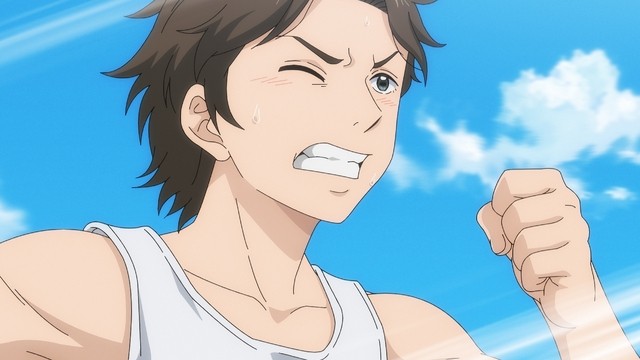
Humanoids have biobodies, but their heads house cyberbrains, each equipped with an AI with unique characteristics and personalities. The AI installed in a biobody is like a completely blank PC, with only a basic BIOS installed. Just like humans, each individual's "personality" is determined by a combination of the knowledge and abilities acquired through their upbringing and postnatal learning, combined with the inherent qualities of their innate AI. Biobodies can develop illnesses (breakdowns) such as hair loss due to stress or a loss of taste due to aging, but the original comics did not specifically mention or describe whether biobodies can also develop illnesses caused by cellular errors like cancer, or symptoms like allergies. What makes humanoids significantly different from humans is that, as long as the head is intact, the brain can be replaced with a new body even if the body is damaged beyond repair. In that respect, they can be said to be more "convenient" than flesh-and-blood humans. However, this does not mean that humanoids are superior in terms of abilities compared to humans, and although there are differences in degree, it appears that their intelligence and physical strength are generally set to be at the same level as normal humans.
Humanoids and "Human Rights"
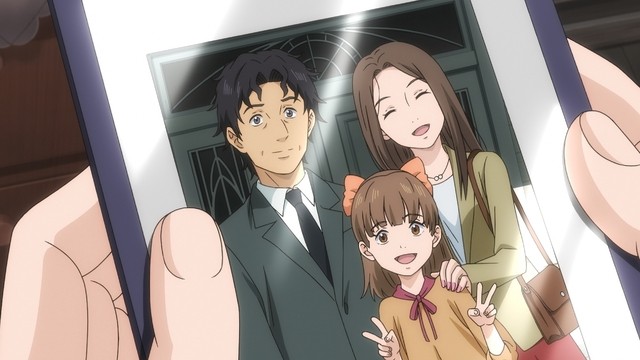
In the world of "AI no Idenshi," humanoids are recognized as "humans" with human rights. Regardless of whether they are living or artificial, they are generally accepted by society as being similar to "racial differences." In our current world, "AI" refers to "artificial intelligence that learns from big data on the internet," such as chatGPT and image generation AI. While the premise of AI being installed in a humanoid body is understandable, the question remains: "Why is AI installed in a humanoid body treated as a human rather than a robot?" This point was not mentioned in the original "AI no Idenki" comic, but it is described in detail at the beginning of the story in the sequel, "AI no Idenki Red Queen." If you're interested, I'd recommend you read the comic for yourself, but the gist is that current "big data learning" AI does not acquire "intelligence" no matter how much knowledge it has, so the direction of research changed to "AI housed in a humanoid body that learns by receiving external stimuli," and as a result, it has begun to acquire unique intelligence and emotions that are not an imitation of humans, and as a result, society has moved in the direction of accepting "human rights for humanoids"...or so it seems.
Humanoids and "Humanity"
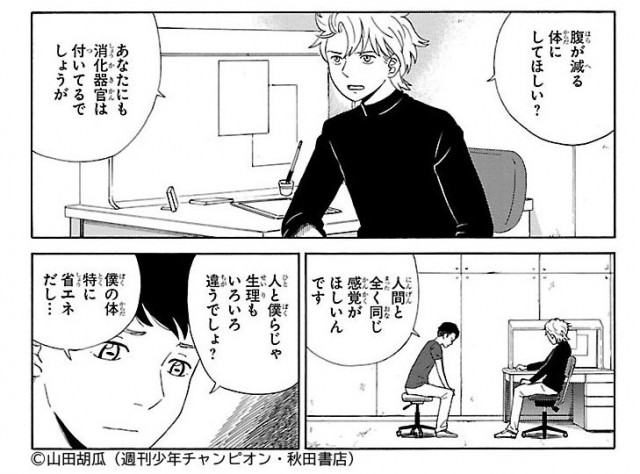
In the world of "AI no Idenshi," author Goura Yamada himself has stated in an interview that he is "an ultra-optimist about technology." Whether it's a worldview in which humanoids have human rights or a social system in which super AI steers the entire society, society operates without any major problems and is based on the "theory of innate goodness." However, the author believes that humanity is not only filled with wonderful aspects such as compassion, dedication, and self-sacrifice, but also contains negative aspects such as intolerance, discrimination, jealousy, hatred, and self-righteousness. As such, when it comes to whether the "kind and gentle world" depicted in this work will actually come to fruition as a future, when we look at the recent gender-related outrages overseas, the increase in crime due to the mass influx of immigrants, and the spectacular failure of creative works that take political correctness into consideration, I believe that the possibility of a world based on the assumption of innate goodness like in "AI's Legacy Electron" becoming a reality will be somewhat difficult, even in Japan, a country tolerant of diversity, unless a turning point occurs somewhere that clearly deviates from the current direction.
Humanoids Treated as People, Robots Treated as Objects
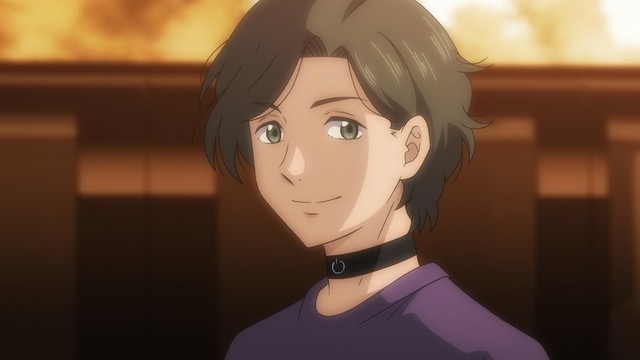
The world of "AI no Idenshi" features numerous humanoid "robots." There are a variety of robots, including companion robots that act as lovers, robots that serve on luxury cruise ships, and childlike care robots. Companion robots, in particular, are virtually indistinguishable from humanoids in appearance. Despite this, humanoids are recognized as "people" with human rights, while robots are treated as "objects" and "property." As for why these differences exist, I invite you to read the comic and consider for yourself, but I believe it's the difference between whether or not they have a sense of self. Humanoids' intelligence and personality are "independent," a result of innate dispositions and acquired learning. Since no two individuals are identical, they are depicted in the work as being highly unique and independent. (This is why "trading human personality" is considered a serious crime in this world.) On the other hand, robots are, so to speak, "products," meaning there are multiple "identical individuals." And no matter how closely their reactions and responses resemble those of humans, they are "the output of pre-programmed content" and never "voluntary actions based on their own independent judgment," which is a major difference from humanoids. However, the existence of robots that look and behave exactly like humans evokes "empathy" and "sympathy" in the humans they interact with, leading humans to sense the presence of a "soul" within the robot. Perhaps this is the true nature of the problem.
Conclusion
Science fiction author Arthur C. Clarke once famously said, "Highly advanced science is indistinguishable from magic." If a cave-dwelling primitive man were to observe our modern lives, he would likely perceive even the act of turning on a faucet as "magic." The world depicted in "AI's Legacy" is still in the realm of science fiction at this point, but considering the recent dramatic improvements in AI technology and advances in bioengineering and medical technology, it is not a purely magical fantasy; rather, it makes one wonder whether such a world might actually await us in the near future. However, is this world really a utopia or a dystopia? This is also a question that "AI's Legacy" seems to raise.

